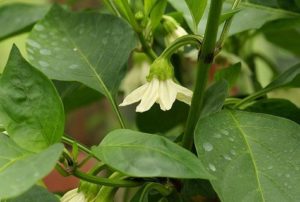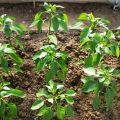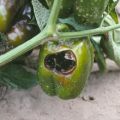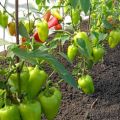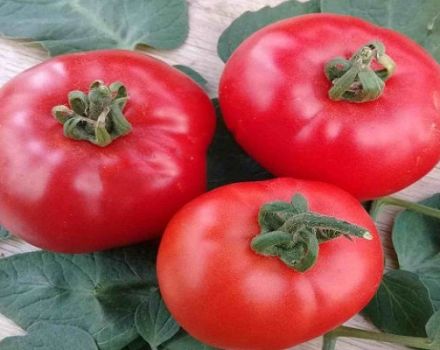How to feed peppers with ash in a greenhouse and open field
Ash introduced into the soil to stimulate the growth of garden crops is an excellent, mineralized top dressing for cucumbers, tomatoes and zucchini, but can the substance be used as a fertilizer for bell peppers? It turns out that it is not only possible, but also necessary, especially on soils with high acidity or depleted.
Ash feeding serves as an excellent antiseptic, preventing the spread of fungal diseases. Ash does not contain chlorine elements, and it costs nothing to get this environmentally friendly fertilizer, especially knowing what type of raw materials and for what purposes it is intended.
Types of ash for feeding peppers
Any ash obtained from natural wood is called stove, and plant ash that arises after the burning of herbs.
The main condition for obtaining a usable product is the absence of artificial impurities in the material being burned, in the form of glue, plastic or cellophane elements, fabric inserts.
It is believed that ash mined from peat or coal has the least nutritional value for the soil - the benefits and harms of such raw materials for the plant are practically zero, but it is still used when there is a need to reduce the acidity of the soil.
Here's a quick overview on the value of the different types of ash used for pepper:
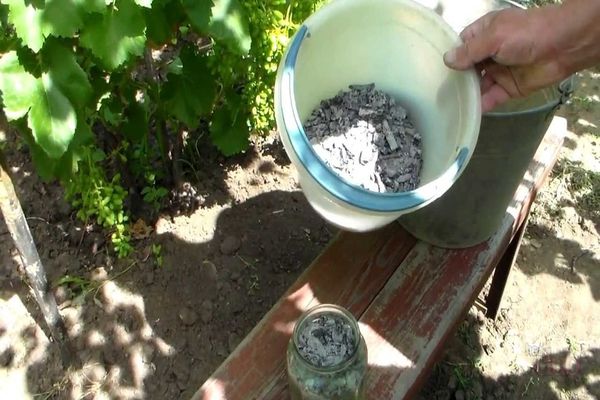
- the product obtained from burning birch logs contains: 40% calcium, 7% phosphorus and almost 15% potassium;
- if you burn walnut shells, then the finished product for fertilization will be rich in potassium (up to 20%), calcium (about 7%), phosphorus (4-6%);
- dried potato tops are rich in lime (29-32%), phosphorus (5-8%) and potassium (22-25%);
- buckwheat and straw, is in first place in value among all types of plant ash, it contains 30-34% potassium, 16-18% calcium, 3% phosphorus;
- ash from rye straw is slightly poorer, it contains only 15% potassium, 6-8% calcium and no more than 8% phosphorus.
Due to the absence of heavy elements, plant or wood ash is excellent for any type of soil, improving the quality and increasing the productivity of even the poorest and most depleted areas.
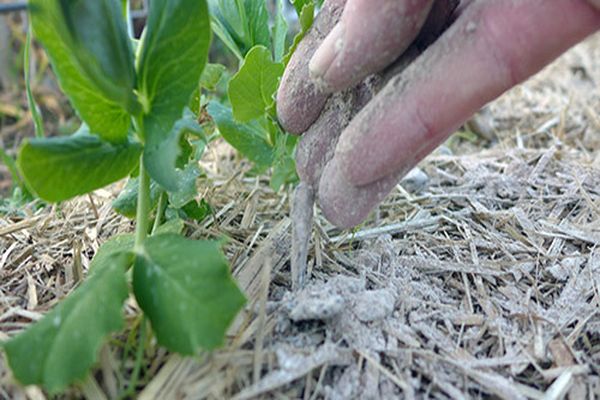
So, a substance introduced into clay or loamy soil before winter increases the looseness of the earth several times, and to reduce acidity, the soil must be sprinkled with ash at the rate of up to half a kilogram per 1 m2.
How to feed peppers with ash
The first feeding of peppers carried out even before germination - as a prevention of infection of seeds with a fungus and to saturate them with the necessary microelements. For seeds, a reduced concentration of an ash solution is used, mixed with "soft" water - thawed or rainwater. Take 0.5 tbsp per liter of water.spoons of the sifted substance, stir the composition well and filter after a day. The seeds are soaked for 5 hours.
The second feeding of pepper with ash is carried out when planting seedlings in the ground, however, the root system of a young plant should not come into contact with the fertilizer directly, therefore, the hole spilled with a solution is sprinkled with earth and only then the seedlings are lowered into the hole. The recipe for making an infusion, in this case, is the same as for the primary feeding of seeds.
When the plants take root, they can be fed with an ash solution prepared with herbs. To do this, you can use any weeds that grow in the garden.
First, the roots are cut off the grass and the seed pods are removed, then the greens are finely chopped and, in a volume of 5 to 7 kg, are placed in a container, where several handfuls of ash and 5 liters of mullein are poured. All this mushy mass is diluted with a sufficient amount of warm water and settled for a week. Top dressing of peppers with this composition is based on 1 liter of fertilizer per bush.
It is also possible to fertilize with ash in its pure form of concentrate - for this, the substance can not even be sieved, but crushed right in the hands. In the spacing of the pepper, grooves are drawn - no closer than 10 cm from the plants - and dry fertilizer is generously poured into these grooves. These grooves can also be used for watering. In the same way, complex dry mixtures are introduced into the soil, using ash as the main component. Refined sand and peat serve as an addition to the composition - both are taken in half as much as ash.
Foliar dressing
In the open field, top dressing with ash is common by spraying the composition onto the foliar part of the plants. Such "washing" will not survive aphids and most caterpillars; naked slugs, bear will try to avoid treated plants.
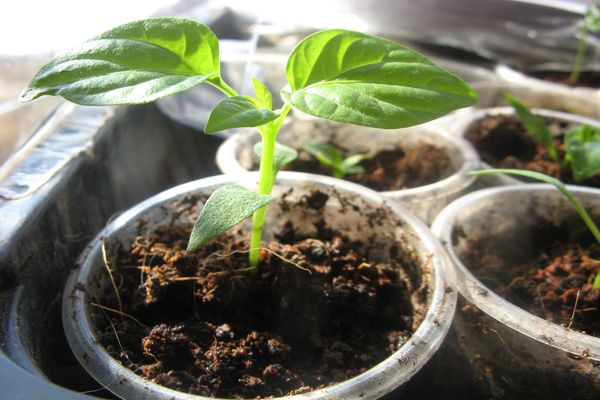
For spraying, a decoction is prepared from 200 g of ash, boiled with 1 liter of boiling water and kept for another half hour over low heat. The solution is kept for a day, then filtered and diluted with a bucket of warm water. Some gardeners, before feeding the pepper, add a quarter of a bar of fragrance-free baby soap to the finished composition. This addition gives the solution "tenacity" and it lingers for a long time on the leaves and stems of plants.
It is often necessary to spray the peppers with an ash solution, since the liquid is quickly washed off with abundant dew and rains. The recommended frequency of pollination is three times a month, but in a rainy summer, the agent can be used more often - once a week. Peppers love ash, but it is impossible to get carried away with fertilizer beyond measure or even worse - to increase the concentration of the substance, since the plants can get burned and die.
Another option for external treatment, which is suitable even for plants in a greenhouse, is pollination with sifted ash, mixed, in equal quantities, with tobacco dust.
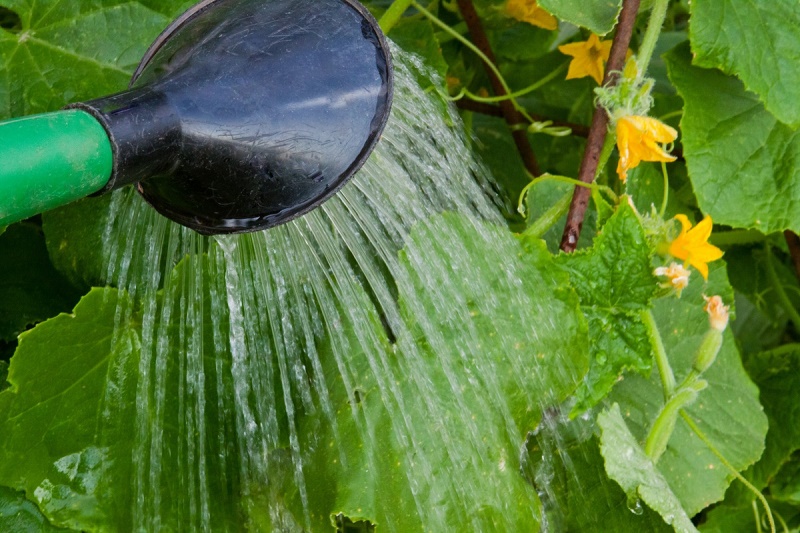
Such a powder is made during the period when the third true leaf appears on the stem and serves, at the same time, a growth stimulator for a young seedling, feeding and protection from harmful insects.
Top dressing with ash peppers in a greenhouse
Plants in a greenhouse require a special feeding base to compensate for those substances that they could receive while in the open field. Therefore, a one-component ash solution in this case will not be enough.
It is recommended to include ash in a complex fertilizing applied directly to the soil. Such a composition can be a fertilizer prepared according to the following recipe:
- 150 g of wood ash;
- 0.5 tbsp. tablespoons of potassium sulfate;
- 1 tbsp. spoon (no top) superphosphate;
- 0.5 buckets of rotted compost.
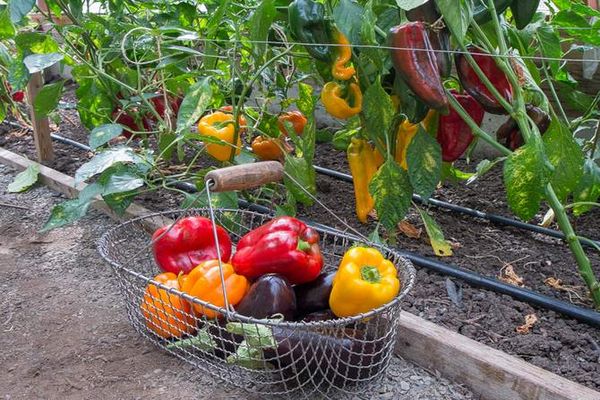
This amount of fertilizer is given per 1 sq. meter of soil in the greenhouse. Top dressing is sprinkled with soil, and then everything is thoroughly loosened and watered from a watering can with slightly warmed water.To obtain condensation, the entire treated surface of the soil is covered with polyethylene and left so for 3-4 days, after which it is already possible to plant peppers.
In the future, ash for plants in the greenhouse can be applied in its pure form, pouring it right in a handful between the rows of pepper.
Ash fertilizer feeding rules
In order not to damage the plants and get a good harvest of large fruits, both in the greenhouse and in the open air, it is not enough to know only the composition and benefits of fertilizers, you still need to know how to use them. There is a small set of rules that will have to be followed when dealing with such a mineral fertilizer as ash:
- if mulch is not used around the plants, each top dressing should be accompanied by shallow loosening of the soil;
- you cannot use the same type of fertilizers all the time - mineral dressing is rich in useful elements, but it does not have the qualities that organic matter has, which means that these two types of fertilizers need to be alternated;
- ash is not applied to dry soil, but in very moist soil its effectiveness is low, therefore, it is necessary to make it a rule to use ash top dressing a day or two after good watering;
Peppers love heat, so all ash solutions must be diluted with water heated to an average soil temperature - if we are talking about a greenhouse and 1-3 C above, if watering is done outdoors.

